“Cội Chà (chà rạo) is the name of a type of fishing gear used in coastal fishing to attract and gather schools of fish. Cội Chà is usually made from a bundle of about 3-6 large, long bamboo trees, surrounded by coconut leaves, which are dropped into the sea by fishermen, and secured with heavy stone baskets to prevent them from being swept away.”
Previously, palm trees made of materials such as bamboo, reed, trees, nets wrapped with rolled stones... to attract fish were also widely used in the sea of Phan Thiet, Binh Thuan , but after a long time they were worn out and damaged, so they need to be repaired every year at the beginning of the southern fishing season (scattered from March to June of the lunar calendar) to improve exploitation efficiency. Palm tree trees are repaired by adding stones, muong trees, tamarind trees (most), coconut trees and many large trees with branches and leaves hanging down to the sea to create shade for fish and squid to take shelter. The common way to release palm trees and repair palm trees... is to use large stones, coconut leaves... tied to bamboo trees (large bamboo), then choose a suitable sea area, with a depth of about 10 fathoms (15 - 25m) to release them, the top is marked with a buoy with a fixed rope. After releasing and completely repairing for a while, marine fish species such as mackerel, herring, yellowtail, silver pomfret, squid, etc. will gather and during the fishing season, fishermen will use seine nets to catch them.
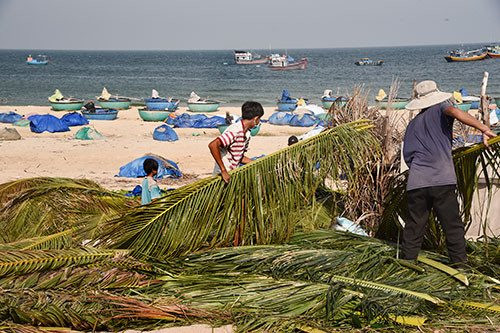
The profession of fishing with bamboo nets is also a long-standing traditional profession of fishermen in the coastal areas of Phu Hai, Thanh Hai, Duc Thang in particular and in Phan Thiet City in general. Taking advantage of the habit of floating fish species that often gather to hide in the shade of mounds, reefs, and floating objects in the water, fishermen often release bamboo nets along the coast to attract floating fish such as mackerel, silver pomfret, yellowstripe scad, etc. When the fish move through, they often gather together to catch prey at these bamboo nets. The larger the bamboo nets and the more shade, the more fish gather. Observe and choose the appropriate wind direction and water flow direction, then release the nets to catch fish. The "good" bamboo trees are the ones with suitable locations where fish often gather the most, each year they can help fishermen catch tens of thousands, hundreds of thousands of tons of fish. The craft of fishing with bamboo blinds was very popular in the past, but has gradually faded away recently. Nowadays, there are not many left due to the decline in coastal aquatic resources and the use of explosives and flying rakes to fish, which have destroyed almost all the bamboo stumps, so they need to be restored every year.
If restored, the traditional trawling profession would be one of the very effective measures to protect coastal aquatic resources.
Along the river banks and coasts of Phu Hai, Thanh Hai, Binh Hung, Duc Thang wards, there are many places where trees, leaves, and rocks are gathered to be transported by boat to the sea to repair existing palm trees, creating habitats and breeding grounds for more fish species at sea, improving the efficiency and sustainable exploitation of coastal fisheries.
Source


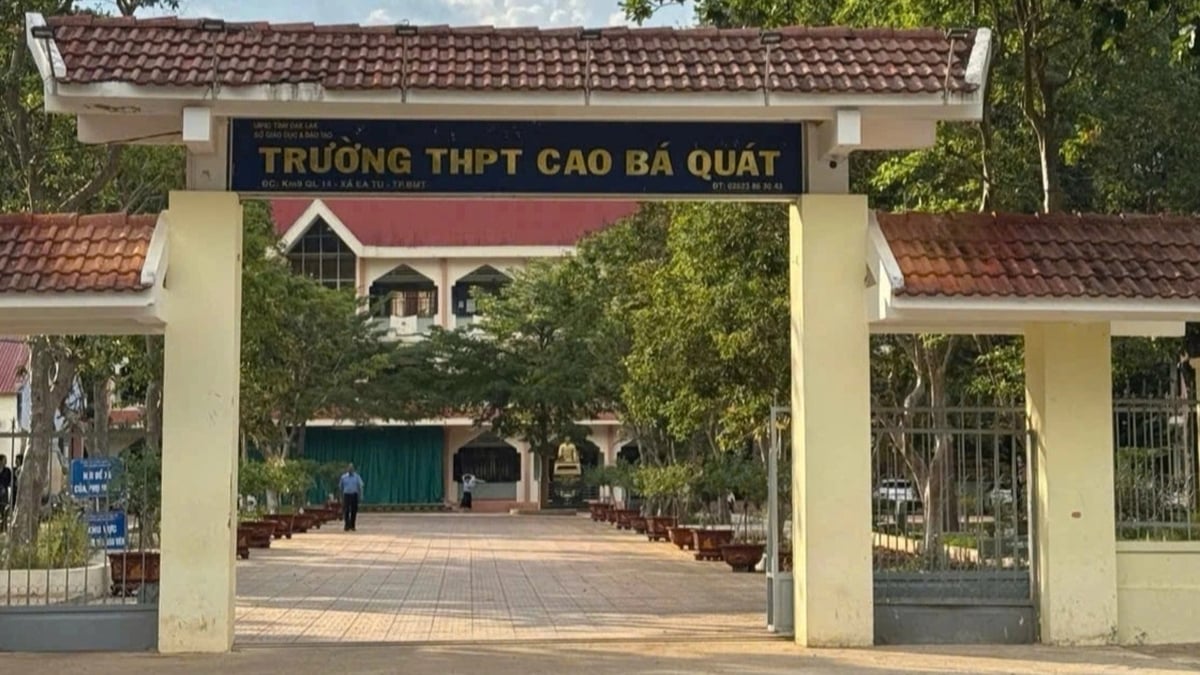
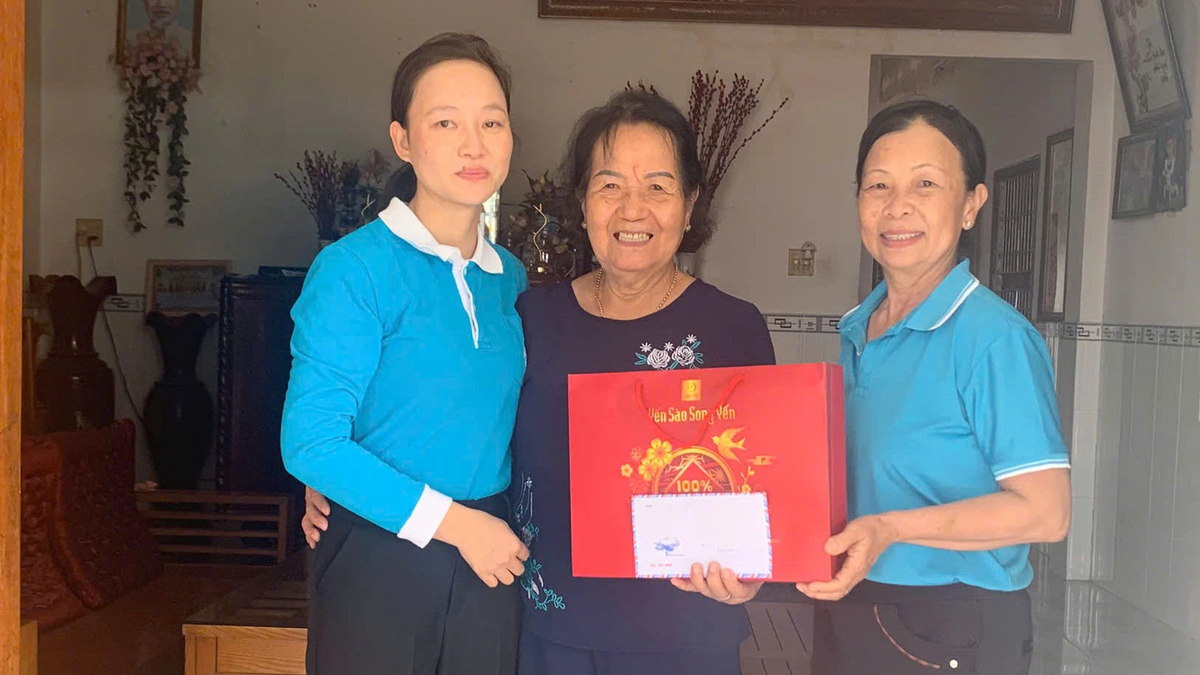
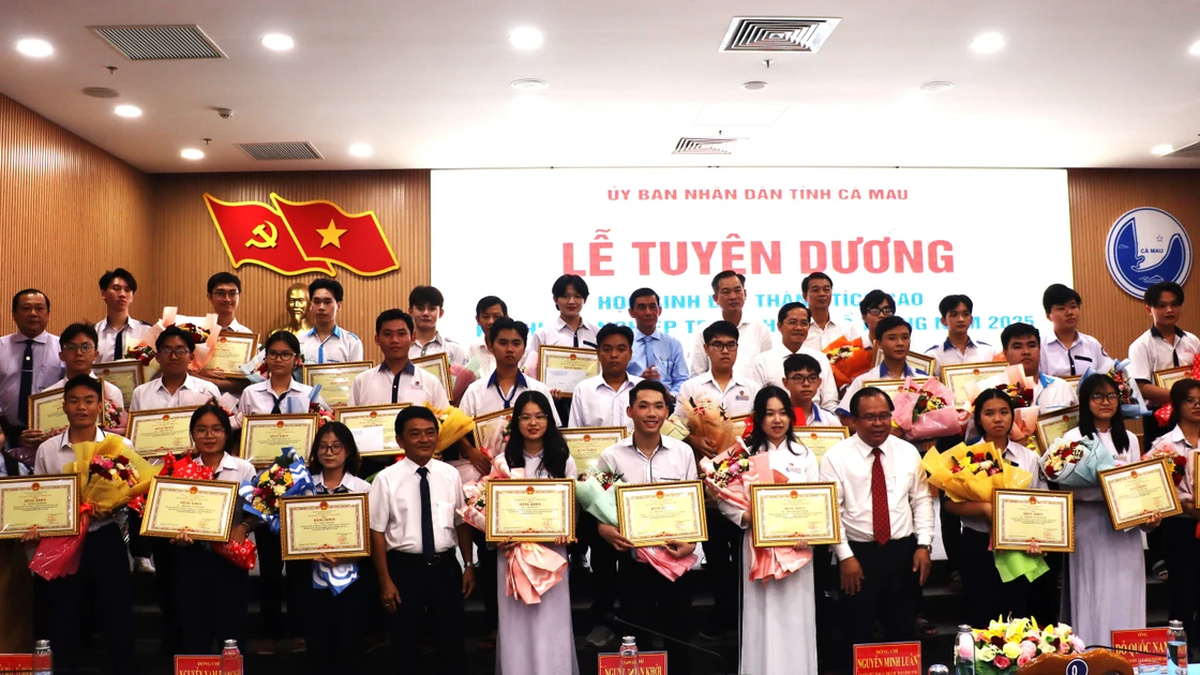

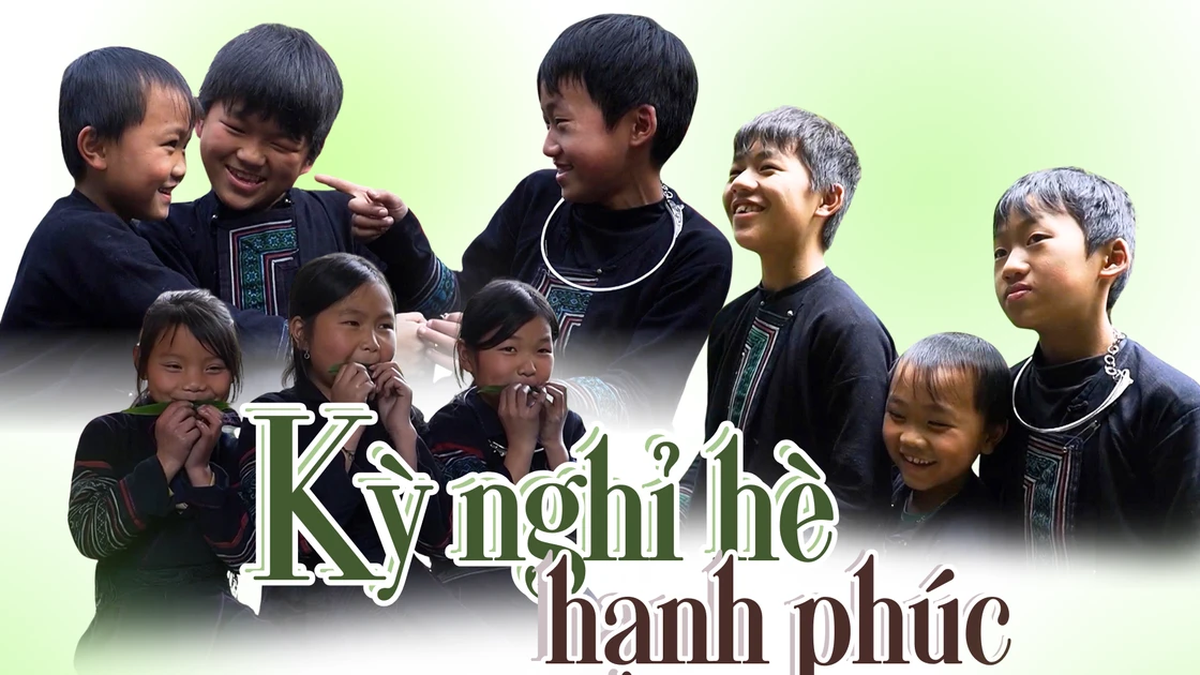
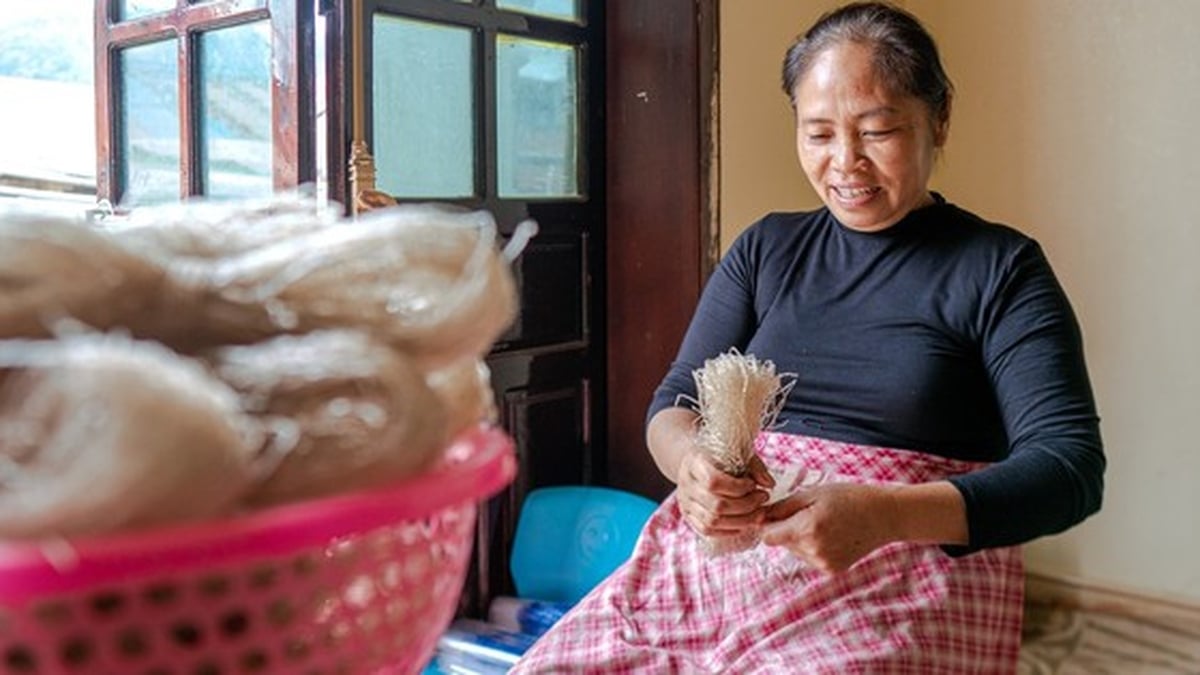
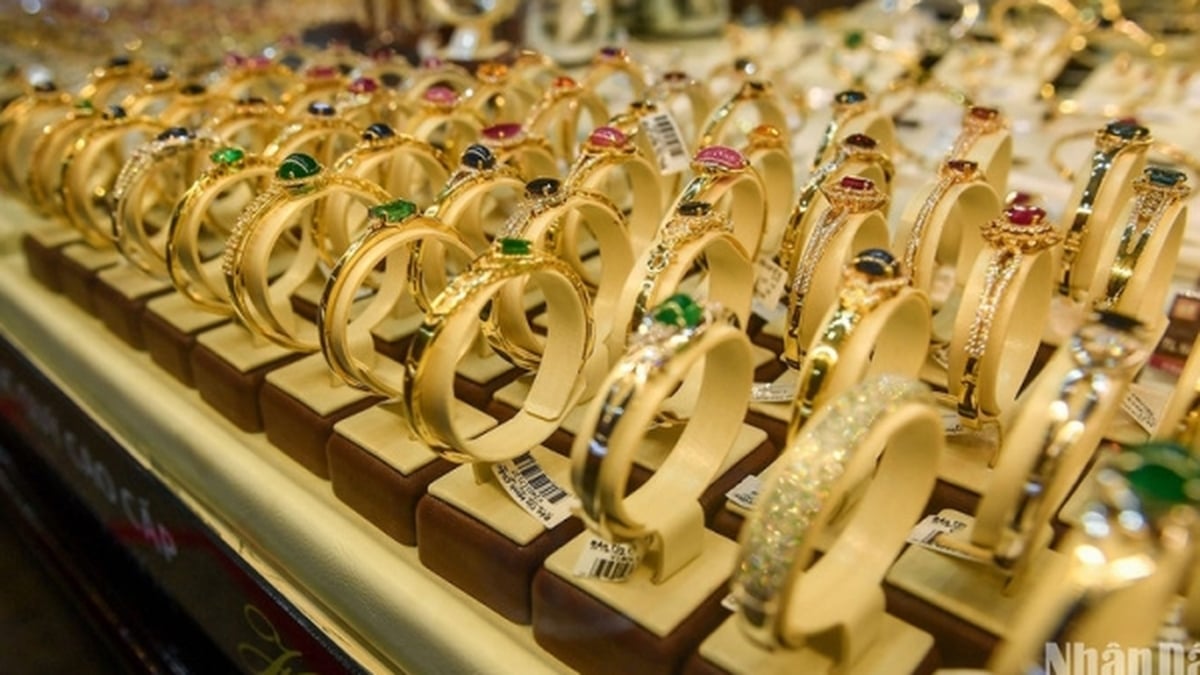


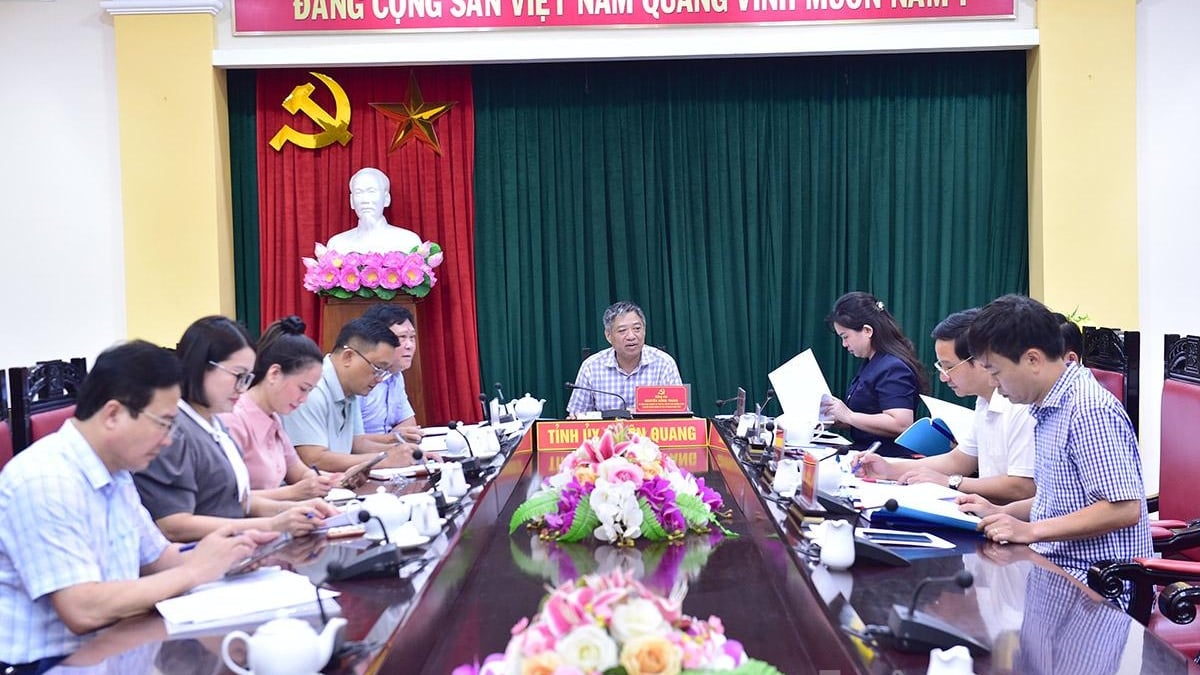
























































































Comment (0)